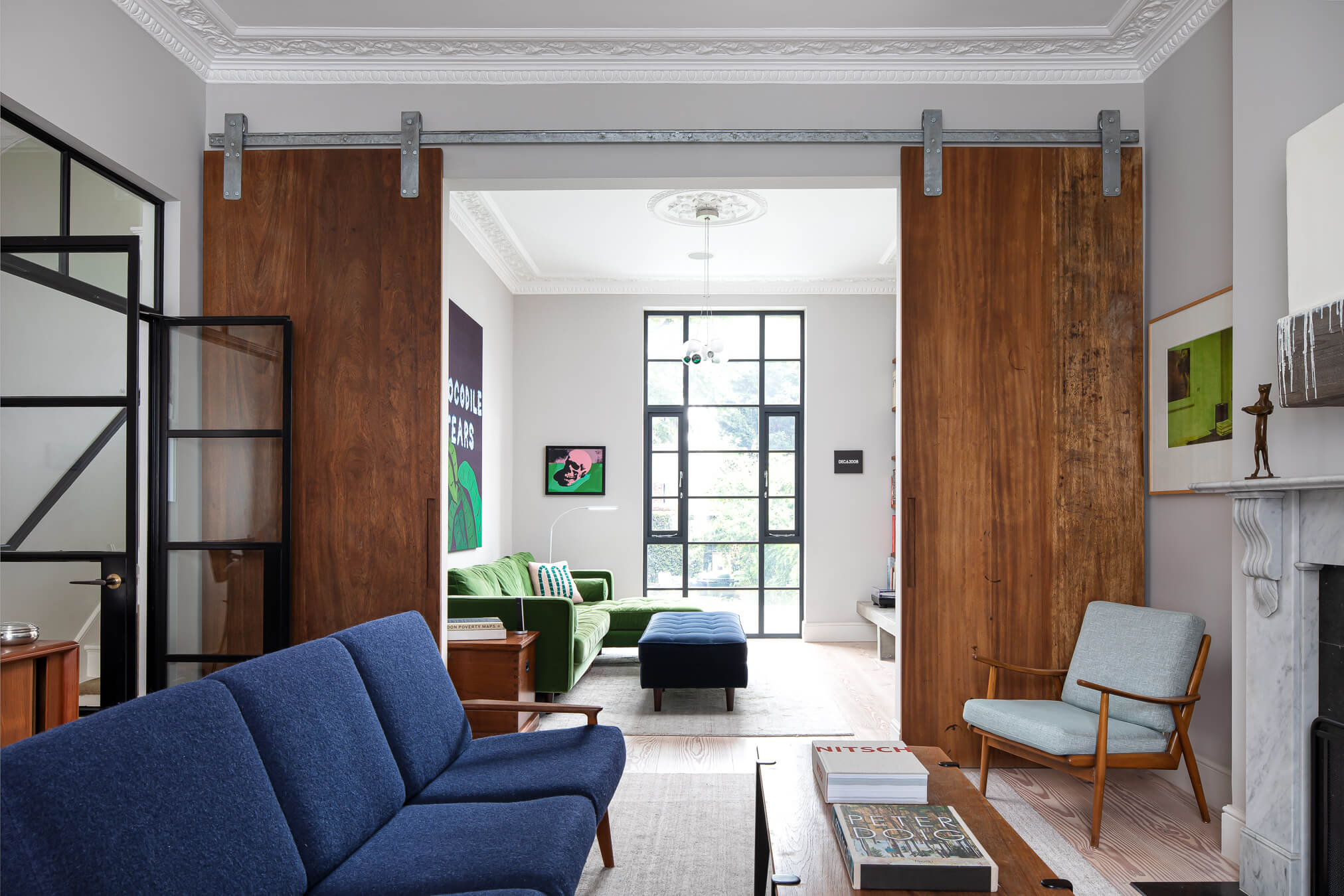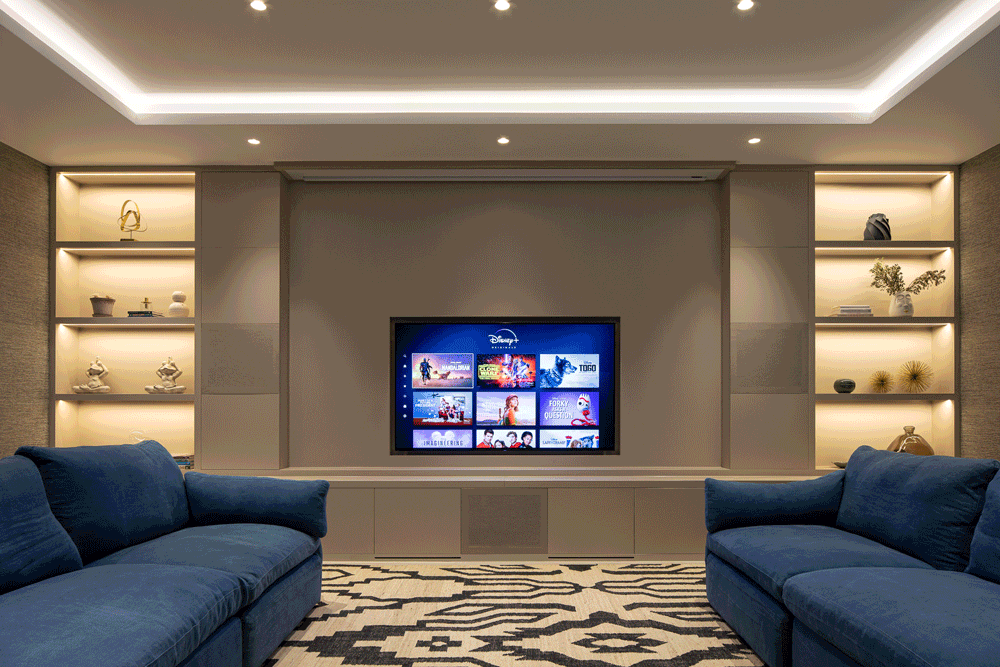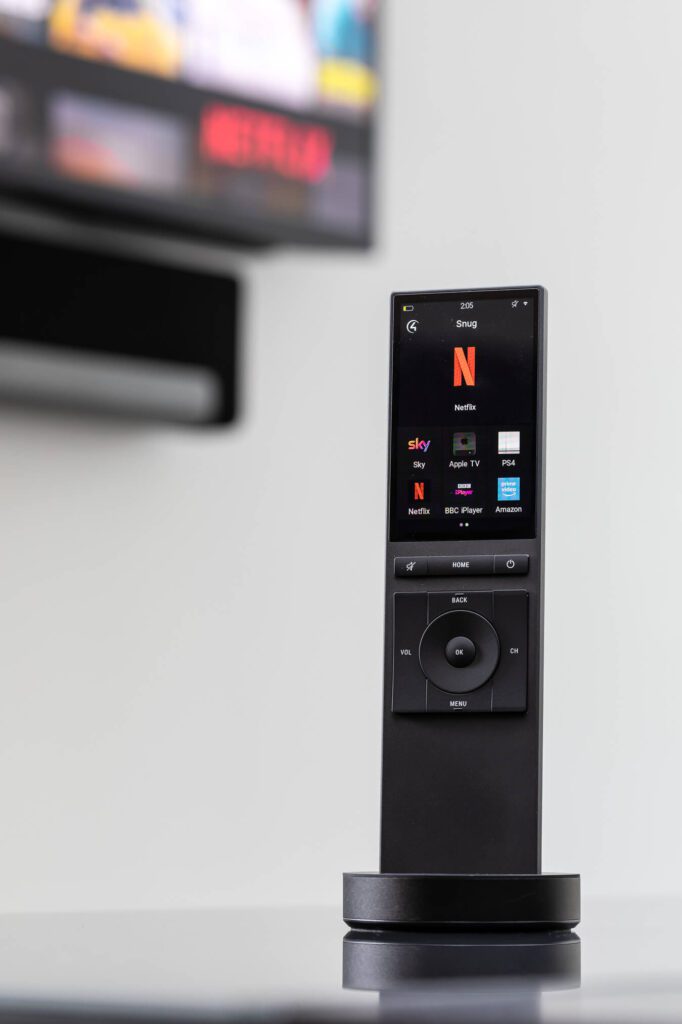Felicity Haythorn
If you’ve ever wondered why our projects look so damn good, we’ll let you into a little secret. It’s not just our clients’ beautiful homes, the gorgeous interior design and our cutting-edge technology – it’s also fabulous photography. We have been working with interiors photographer Ryan Wicks for several years and he’s our go-to guy for taking true-to-life images that embody Equippd’s stylish, polished and professional brand look. We caught up with him to find out what he loves about photographing luxury homes and the art and technicalities that go into creating his immersive, layered images.
How did you get into this industry and what keeps you here today? Tell us about your background and experience.
I knew in school that I wanted to be a photographer. It was really the only subject that interested me and I loved the idea of working for myself and running a small business. From 2008-2011, I studied photography at Birmingham City University. This gave me the time and opportunity to experiment with different genres of photography and, by my third year, I spent most of my time in the studio, collaborating with fashion students. This established my interest in the use of supplementary lighting, which I still use in my work today.
After graduating in 2011, I took a job working as an estate agent’s photographer, travelling around the Midlands, photographing homes for sale. Property photography wasn’t an area that I had considered before, but they trained me up and kept me very busy. In two short years I photographed hundreds, if not thousands, of houses for them and I was hooked. I found it to be a type of photography that really suited my natural skills. Being one of the most technical genres, architectural photography relies on a constant balance of technical and artistic ability. I also found that I was pleased to replace models with furniture and have full control of what’s in front of the camera!
This work as a property photographer formed my interest in property and interior design, which soon led to me wanting to take better pictures than was possible in the short time I could spend when photographing for estate agents. I craved inspirational interiors and the time to be able to shoot them well. A move to the south-east in 2014 prompted the decision to set up on my own and go after work with professionals working with high-end, luxury homes.
I’ve recently moved to the Cotswolds to bring up my young family in the beautiful countryside and now travel from here across the country photographing residential, commercial and hospitality projects for interior designers, architects, property developers, interiors magazines, kitchen companies and hotels.

How would you describe your style of work as a photographer? What makes it unique? Has it evolved over the years?
Clean, graphic, immersive.
My ambition with every image is to make something immersive that grabs the viewer and pulls them into the scene giving them something to look at longer for just a few seconds. I do this with graphic composition, by adding layers of interest with carefully considered styling and creating depth and atmosphere with lighting.
In the early days, you are quite often fighting the technical challenges of photography. As you become more experienced and this stuff becomes second nature, you start to be able to see an image in your mind that you want to make and can work backwards, using the tools and techniques to make that a reality.
I pride myself on my close attention to detail and my tendency towards perfectionism and would like to think that this shows in my images.
What elements are needed for the perfect photo shoot?
Beautiful spaces, plenty of time, coffee and good light.
What camera(s) do you use?
My main camera is a Canon 5D Mark 4 and I have the Mark 2 version as a backup. These are Digital SLR cameras, for which I have a selection of lenses, including tilt-shift lenses for perspective control.
My lighting equipment adds the bulk to the kit, which includes 4 Profoto lights. This stuff is heavy and expensive, but it makes all the difference to have full control of the lighting, instead of relying on what is there naturally.
Do you have a signature style that identifies your work?
In recent years, I feel I am becoming well known for my style and am able to imprint this signature on every image I create. But, ultimately, the style of the image is dictated by the content, the work of my client. What’s nice is that now I have some clients I’ve been working with for several years, I feel that their work has influenced mine as a photographer and, hopefully, the library of images I’ve produced for them has contributed to their brand image.


How did you start working with [Equippd co-founders] Charlie and Matthew?
I believe I was recommended to them by interior designer Salvesen Graham, who thought I would be a good fit for them. This was early on in the Equippd journey and I’ve always respected them for investing in photography from the outset. It can so often be an afterthought, and only considered once the images are needed. By shooting the projects as they go, Equippd have built a library of images ready to utilise as they need it.
Can you tell me about an Equippd project you’ve worked on of which you’re particularly proud?
The one that comes to mind is Lilleshall Road. The owners are art dealers and the house is a brilliant mix of modern neutral decor with loads of interesting modern art around, which led to some lovely interior design shots and served as a perfect backdrop for the technology images. They have Samsung Frame TVs and it worked really well to have the art on these among the ‘real’ art.
Have there been any obstacles to photographing aspects of a smart home that you’ve had to overcome?
Well, by nature of a smart home, a lot of the technology is hidden away or working digitally. It’s a challenge to try and showcase something you can’t see. I think that’s something that Equippd have a unique take on – by focusing on how technology integrates with design, we often let the interior design be the focus of the imagery to sell the lifestyle, rather than obvious shots of the technology that has been installed.
There’s also things that move, like a TV revealed from a hatch in the ceiling, which isn’t easy to communicate in a still photo. We sometimes use animated GIFs to show this in a stop motion-style sequence. An Equippd shoot usually has at least one head scratcher moment where it’s like: ‘Hmm. How are we going to show that?’
Are you as comfortable shooting the smart tech elements of an Equippd smart home as you are capturing the architectural and interior design aspects?
Interiors, which is my main specialism, are really just a collection of large products and the skills are transferable to individual product images, but it does bring up some unique challenges and it’s nice to do something outside of my everyday comfort zone. I’m particularly pleased with my images of the new Control4 remote.
Could you describe the process of turning your ideas into the finished product?
On a photoshoot I usually start with a walkthrough of the project to get a feel for what needs to be captured. Some shots will jump out at me and others take a little bit more exploration. Once settled on a view, I perfect the framing with minute adjustments. From there, I’ll work with my own and existing light to create depth and interest. Finally, I consider all elements within the shot to ensure that things appear as immaculate as possible, using furniture and accessory placement to draw the eye through the shot – this bit is usually done collaboratively with my client or a professional stylist. My camera connects wireless to an iPad and we can review the images together as they come through.
The ‘capture’ stage is just the first half of the process. An equal amount of time is spent on the computer putting the final image together. Sometimes, an image can be made up of multiple different pictures of different lighting or exposures and these are combined in Photoshop. There’s a fair amount of retouching, too – I like to remove all distracting elements like smoke detectors, wires and blemishes to make a clean final image that’s easy to look at.
What do you enjoy most about working with the Equippd team?
I get on really well with Charlie and Matt and we have a lot of fun on our shoots. They are both incredibly bright and interested in all aspects of the business. So when it comes to the photoshoots, they have a lot of ideas that lead to a nice, collaborative experience. They’ve also been known to feed me on our shoots and that’s the way to get up there in the list of favourite clients!
Finally, are there any projects you’re excited about working on when lockdown has lifted?
I’ve been training in video production and starting to offer this as an additional service. I’ve dabbled over the years, but going all in now as a new challenge and to provide my clients with the additional content. I know Equippd are very interested in how we can add video to their case studies and it’s certainly going to help show some of the automated tech.